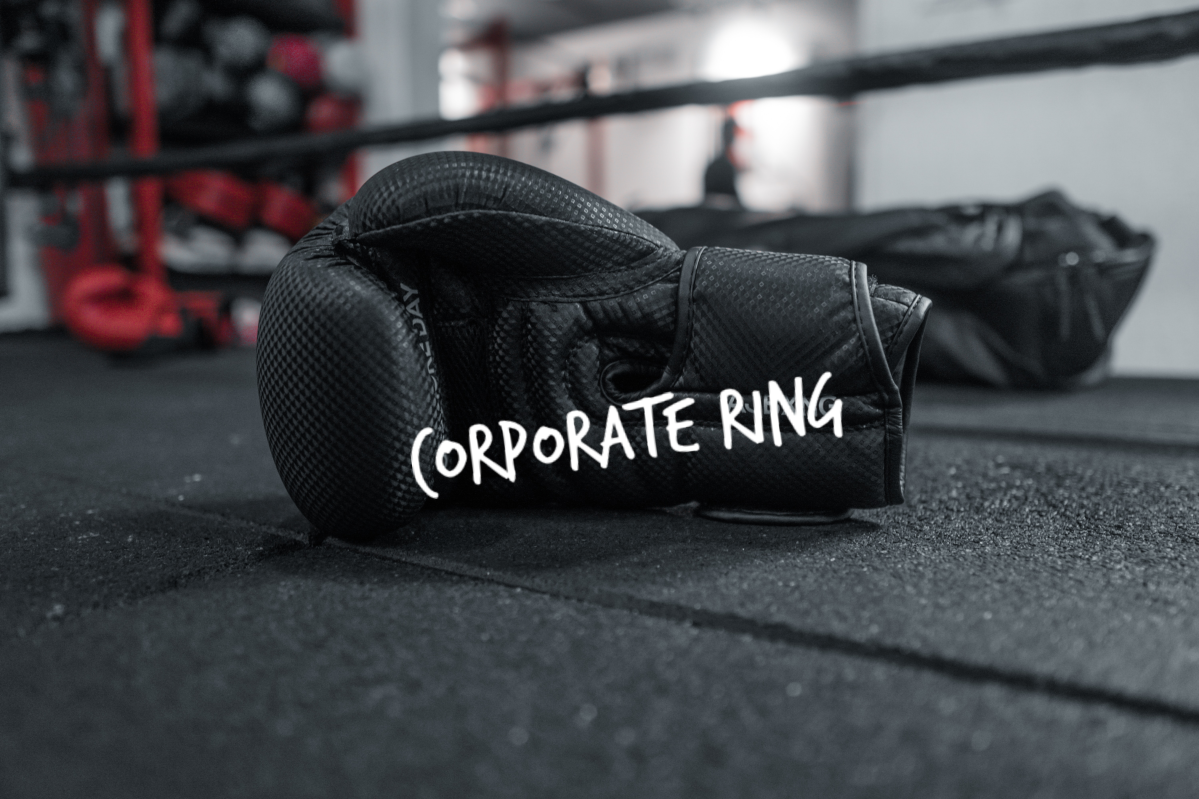Before we enter into the ring, let’s lay down all the definitions first. Sipsip – is a Tagalog term for brown nosing, boot licking, ingratiating – to catalyse one’s advancement. Literally, it means to “suck up to” using an unrestrained and artificial flattering. Sipsips are ubiquitous in the workplace setting – and that doesn’t’ exempt Philippines. In fact, we, Pinoys came up with a meritorious full-form of it as Severely Insecure People Seeking for Instant Promotion (SIPSIP). Tanga, on the other hand, is a person who makes imprudent and unwise decisions. Literally, it means a “fool”. Tangas are quiet pervasive in the workplace setting too.
Now, we are entering the ring. You are the main character of course, and I would like you to ideate an amateur boxing bout (actual match) to which you’ve already gained judges favour. Why? Because you have had your game-plan and did your pre-fight preparation well. No – months before the event, you didn’t really hit the road, lift heavy bags and mitts or have had rounds of sparring. You’re not even ready to get hit. Yes –months before the event, you did consistent flatteries with the judges. You simply drowned them with bags of wishes and large sum of hypocritical compliments. How fool the judges are to not read that.
During the bout, you missed a number of notable overhand and corkscrew punches in some rounds, yet you kept on releasing rabbit punches even when you know it’s illegal. You were also unable to dodge a quick southpaw blow. You kept on clinching and sometimes you rope-a-dope or fall hardly into the canvass. By the end of the match, your face is wreaked havoc with remarkable bruises and cuts and a cauliflower ear, yet you were still duked as winner. Your opponent on this tall tale, though how much deserving for the title failed to bag it. His painstaking preparation and exhibition of rapid bolo,and bob-and-weave just didn’t seem to buy out. He never even had an eight-count. Deym! Was there something?
Flattery is all powerful and this mojo never goes out of style. Though up in the boxing ring you looked incompetent- lacking the skill set, the judges still favour you because of your prowess to fawn over them. Your hard work has paid off in bagging the belt-of-fame but spectators see you as ne’er-do-well. Way to go sucker!
As an employee in a corporate ring, we all have vested interest in winning a promotion for a fat pay check or fame. Nothing wrong with that. However, the problem arises when you do it out of selfish desires. Instead of working on competencies and performing efficiently at work, you end up brown nosing. Sipsip jud! Another problem is, when an employer fails to recognize a brown noser. Tanga-tanga sad.
I know. I definitely know. We all like compliments. In fact, there is this article posted in Harvard Business Review site that can support my statement, and I quote, “You don’t believe me. You couldn’t possibly — after all, I’ve never seen you. But, chances are, on an unconscious level you really do believe me, and my compliment makes you feel warm and gooey inside. And your positive feelings predispose you to do something nice for me, so if I were a salesman or your subordinate or your colleague, that nice something, whatever it is, could definitely make my day.”
Uh-Uh! True but NOT WHEN THEY’RE FAKE. Huge caveat: As an employer, be prudent in detecting brown nosers. Should you feel compliments are getting insincere and faux, that’s already code red. Talk to the referee and ask for a time-out immediately.
There are no shortcuts to winning a boxing match or coveting that long dream promotion. Preparation matters. Brown nosing may take you up but won’t keep you up. Competency speaks for itself. Efficiency reflects results. When judges or your bosses are already awaken from apathy and finally detect you’re sucking up for personal advancement, you’re then susceptible to TKO- technical knockout punch and you may be declared as loser.
Do you want to get a boo or a hoh hoh? You decide!










